moneywort?!
PerennialK
10 years ago
Featured Answer
Sort by:Oldest
Comments (14)
OklaMoni
10 years agookievegan
10 years agoRelated Professionals
Glendora Landscape Architects & Landscape Designers · Lowell Landscape Architects & Landscape Designers · Middle River Landscape Architects & Landscape Designers · Wilmington Landscape Contractors · Bedford Landscape Contractors · Brookline Landscape Contractors · Corona Landscape Contractors · Fort Mill Landscape Contractors · Huntley Landscape Contractors · Madera Landscape Contractors · Mount Sinai Landscape Contractors · Shaker Heights Landscape Contractors · Cave Spring Decks, Patios & Outdoor Enclosures · Jackson Decks, Patios & Outdoor Enclosures · Parlier Decks, Patios & Outdoor EnclosuresPerennialK
10 years agoPerennialK
10 years agoPerennialK
10 years agoOklaMoni
10 years agomissingtheobvious
10 years agoPerennialK
10 years agobatsinmybelfry
8 years agoscottcalv
8 years agomycalicogirls
8 years agobatsinmybelfry
8 years agobatsinmybelfry
8 years ago
Related Stories

LANDSCAPE DESIGNGet a Knack for Black in the Garden
Dark walls, furniture and foliage do more than add drama in the landscape; they can be strategic design elements
Full Story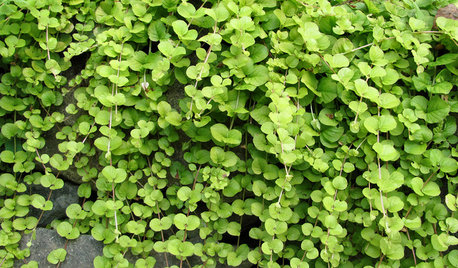
GARDENING AND LANDSCAPINGGreat Design Plant: Golden Creeping Jenny
Try this fast-growing ground cover for easy masses of gold and green in the garden
Full StoryMore Discussions






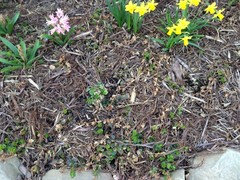
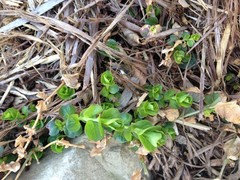
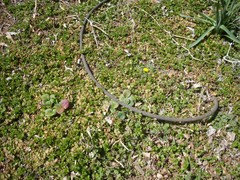
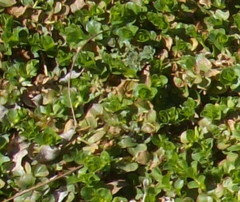

mycalicogirls